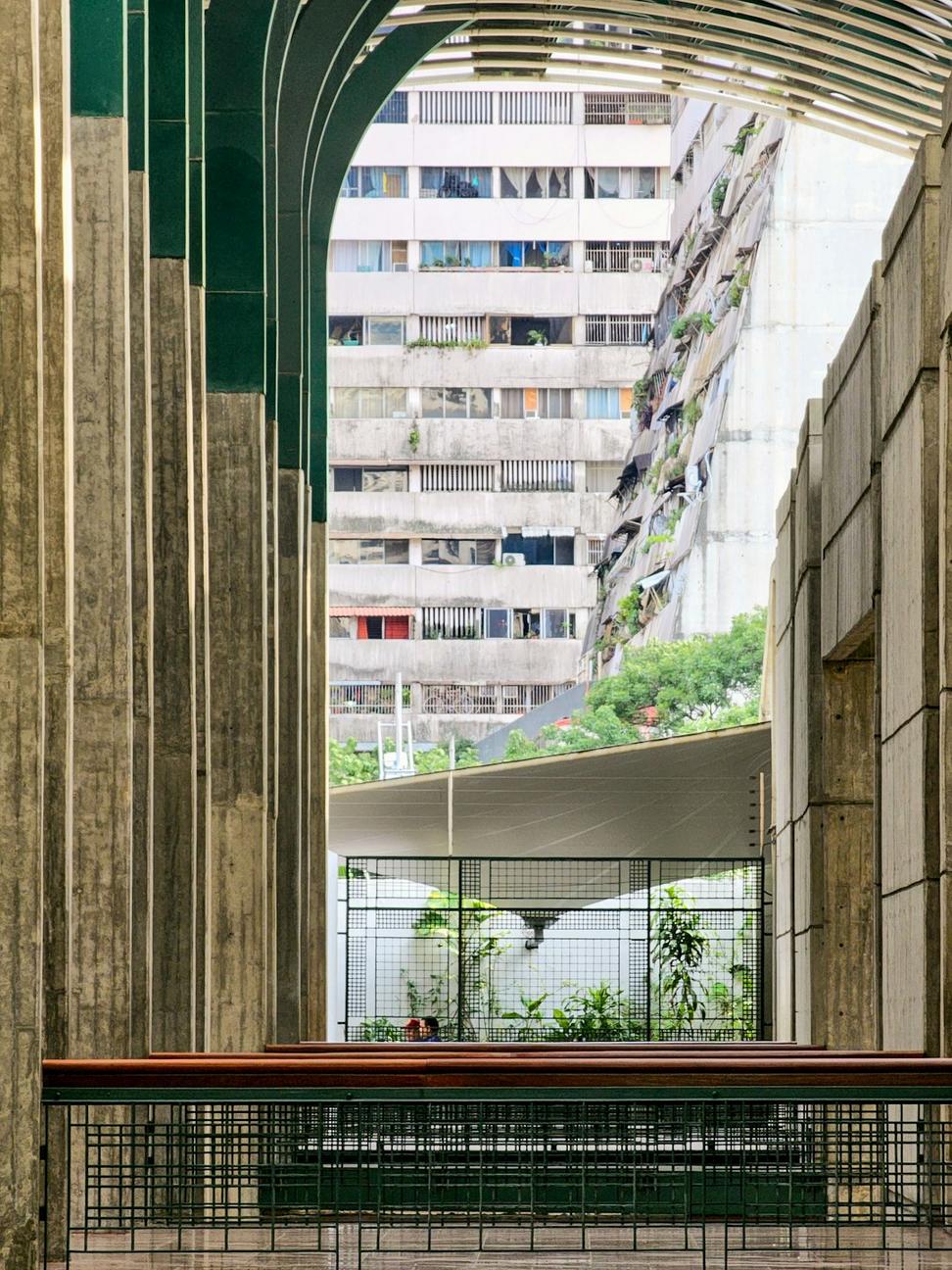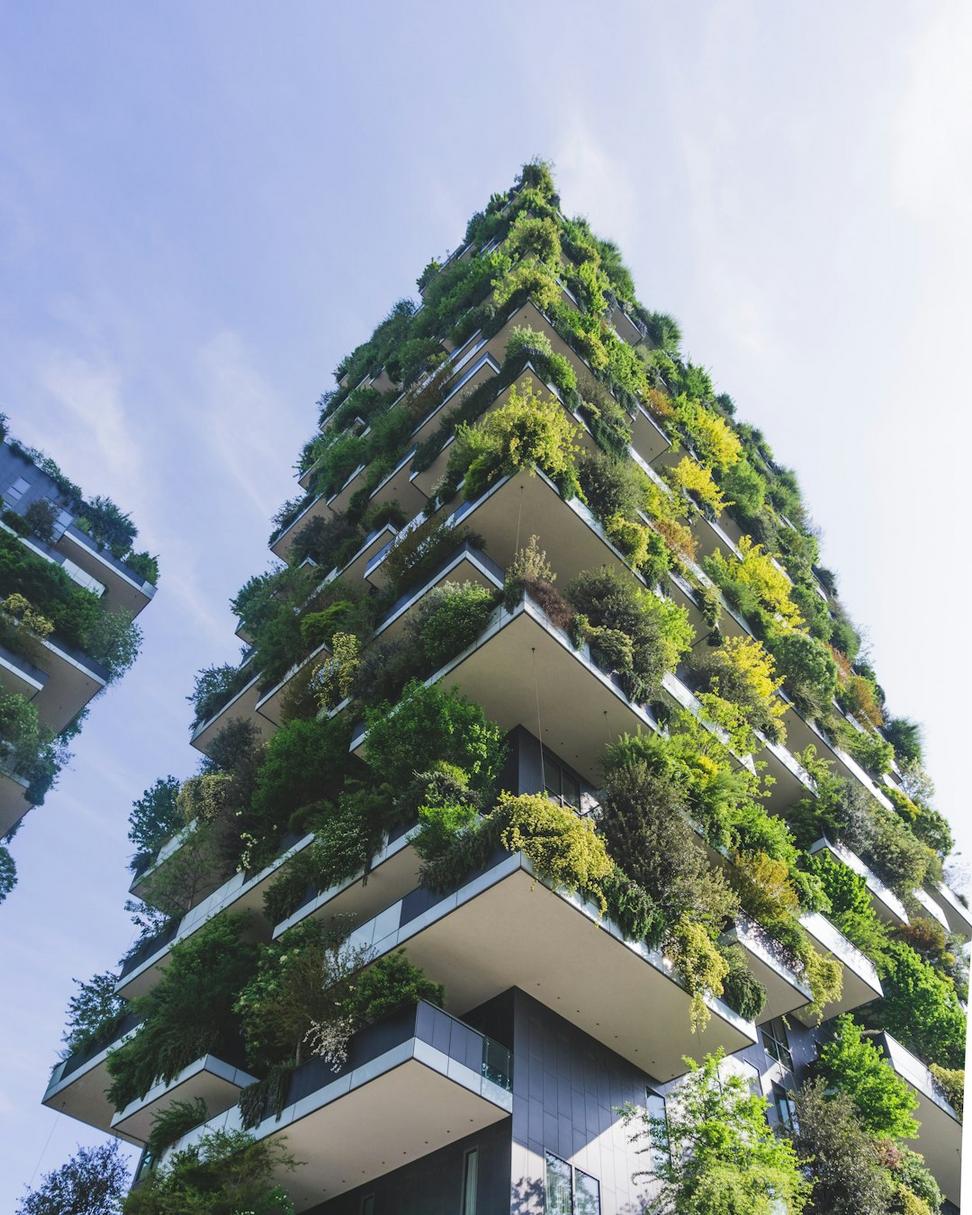
Building Responsibly
We're not just designing spaces—we're shaping a future where architecture and nature work together, not against each other.

We're not just designing spaces—we're shaping a future where architecture and nature work together, not against each other.
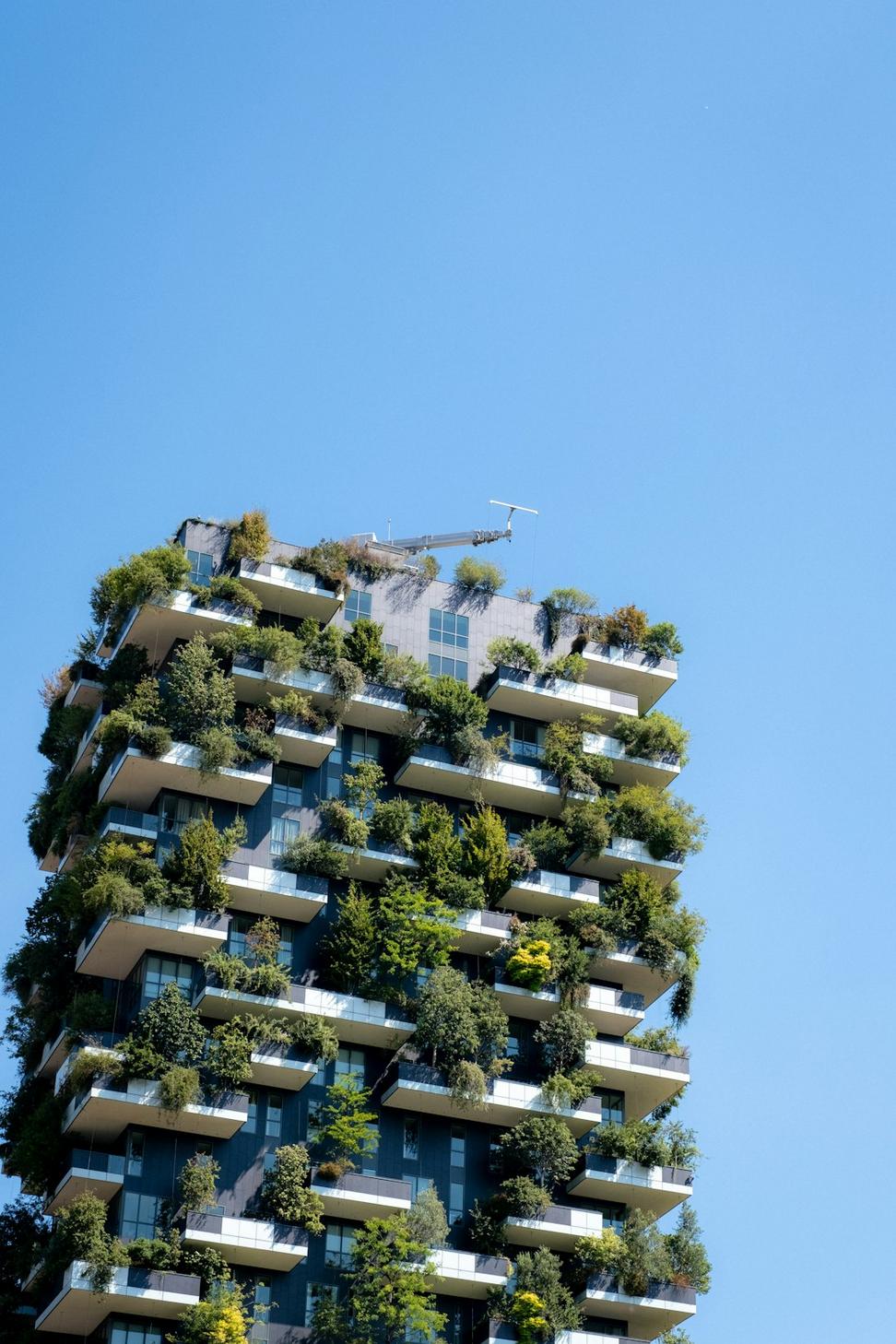
Look, I'll be straight with you—when I started in architecture back in 2008, sustainability was just a checkbox on project briefs. But after seeing how our built environment affects everything from local ecosystems to people's health, it became personal.
Every project that leaves our studio now incorporates environmental thinking from day one. Not because it's trendy, but because we've seen what happens when it doesn't. We've watched buildings age gracefully while using half the energy, seen clients' utility bills drop by 60%, and witnessed spaces that actually improve the surrounding environment.
It's changed how we think about everything—from material sourcing to how a building breathes.
Average carbon footprint reduction across our completed projects compared to conventional construction methods
Buildings we've designed that achieved LEED certification, with 12 reaching Gold or Platinum status
Our studio runs entirely on renewable energy—we practice what we preach
Average rate of reclaimed, recycled, or locally sourced materials in our heritage restoration projects
Typical water usage reduction through smart fixtures, greywater systems, and rainwater harvesting
Clients who report improved quality of life and lower operating costs after moving into their sustainable spaces
Real talk—here's how sustainability shows up in our day-to-day work
Before we sketch anything, we spend days understanding sun paths, wind patterns, and local climate. Your building should work with its environment, not fight it.
We track the carbon footprint and origin of every material. If we can't explain where it came from and how it was made, we don't specify it.
We design for adaptability—spaces that can change use without major renovations. A building that lasts 100 years beats one that needs replacing in 30.
Every design gets run through energy simulation software. We're not guessing—we're proving how your building will perform before it's built.
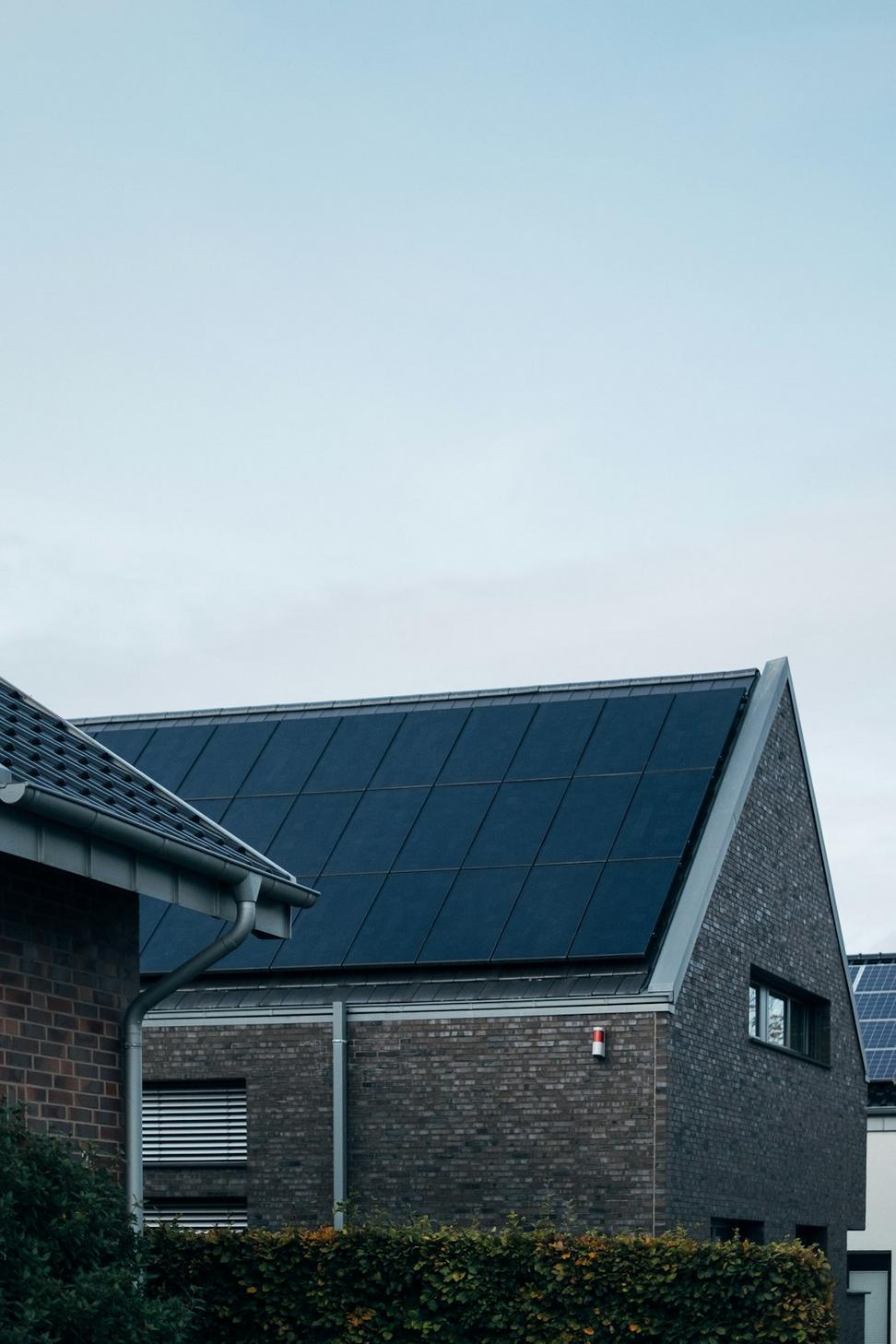
This wasn't easy. A family of five wanted a 3,200 sq ft home that produced as much energy as it consumed. Everyone said it couldn't be done in Toronto's climate without looking like a science experiment.
Result: They've had negative energy bills for 18 months straight. The house actually feeds power back to the grid.
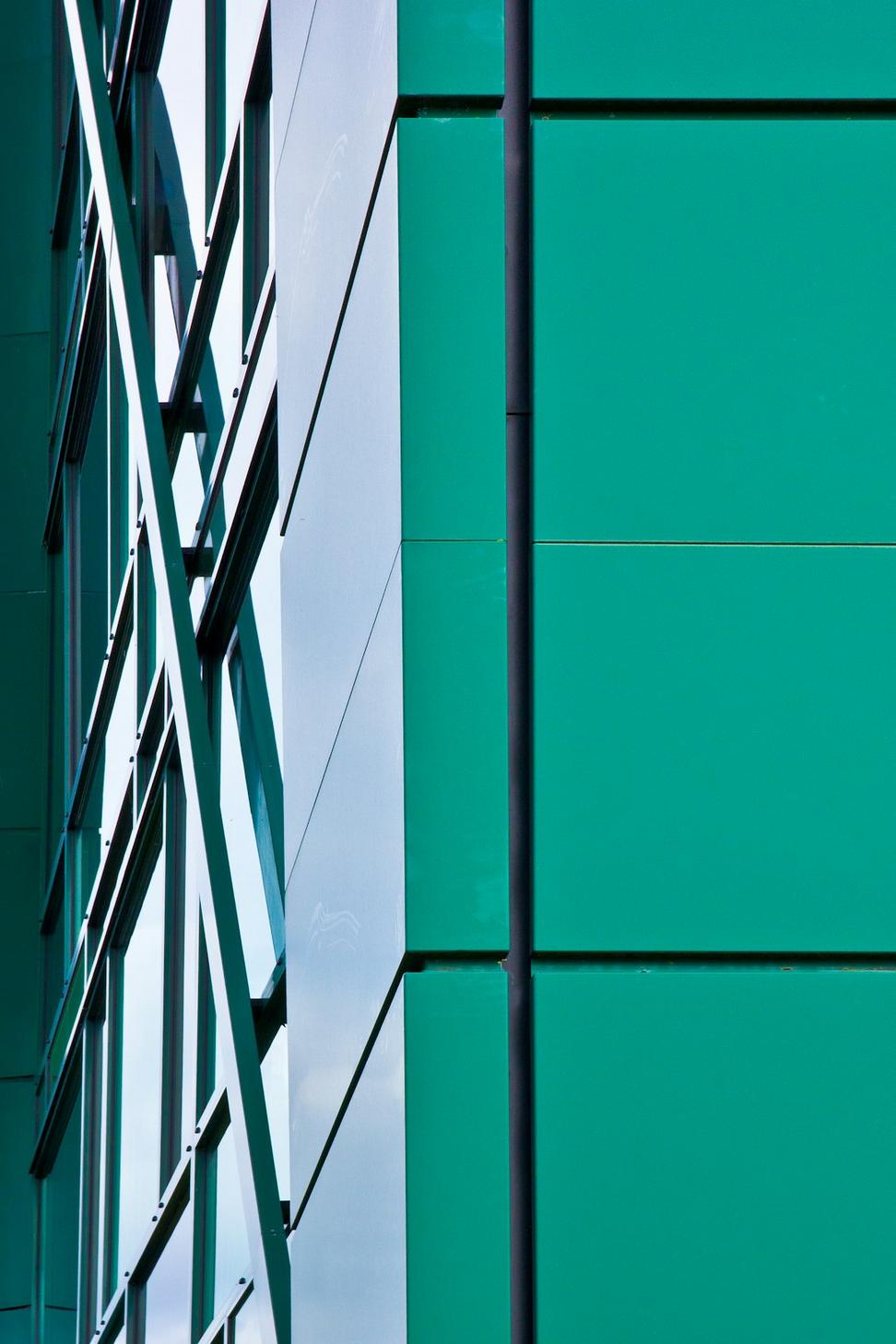
A 1960s office building that was gonna get demolished. We convinced the owner that a deep energy retrofit made more financial and environmental sense than starting over.
Result: Energy costs dropped 62%. The building went from class C to class A. And we saved about 400 tons of embodied carbon by not demolishing.
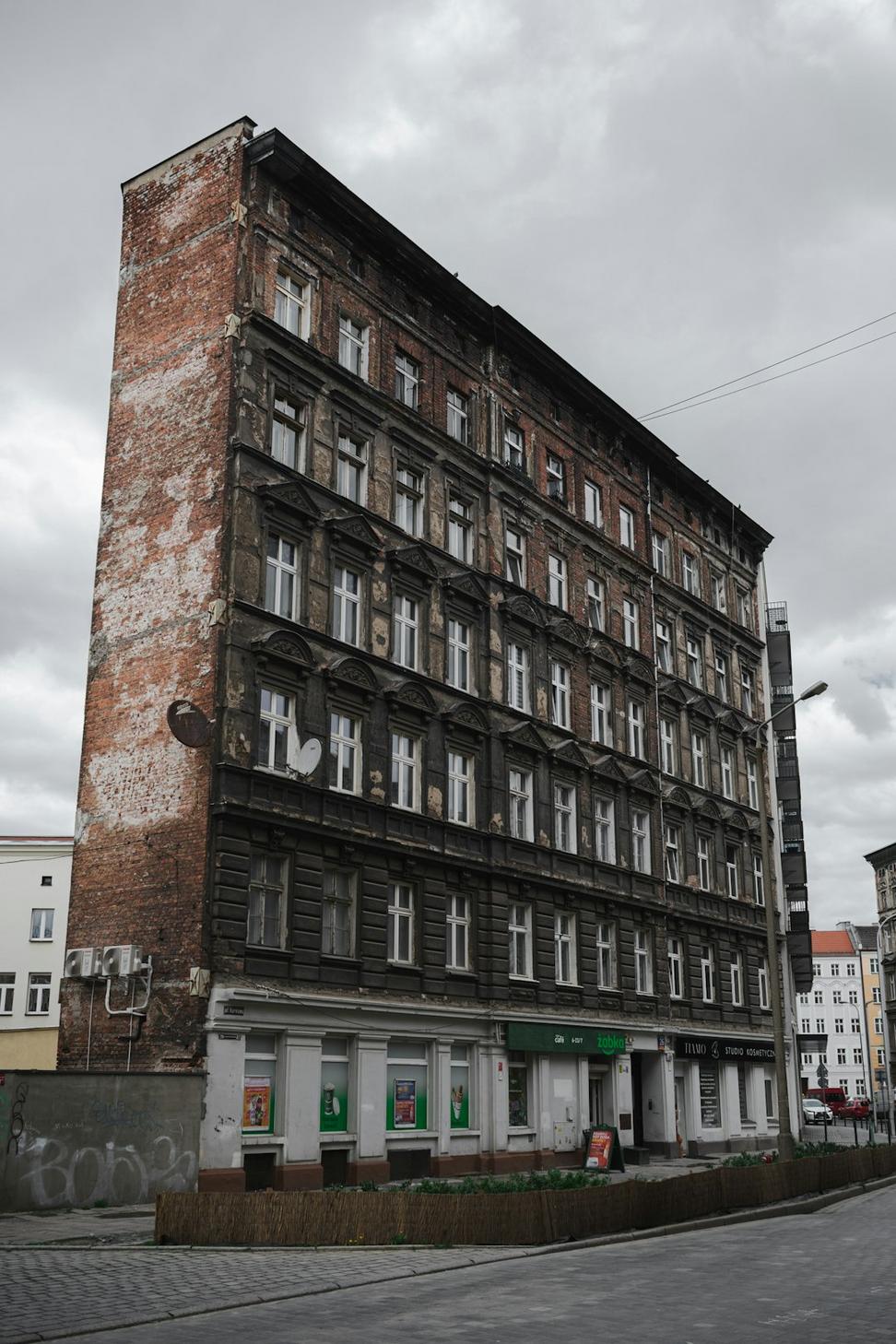
People think heritage and sustainability don't mix. This 1880s warehouse proved them wrong. We turned it into mixed-use space while respecting every brick.
Result: A 130-year-old building performing like it was built yesterday, with its history completely intact.
We don't just talk about green building—we're actively involved in shaping its future
Three of our senior architects hold LEED AP credentials. We know the system inside and out.
We've completed the rigorous Passive House Designer training—one of the toughest energy standards out there.
Active members since 2010. We've sat on advisory panels and helped develop regional standards.
Currently working on our first LBC project—the most ambitious sustainability standard in existence.
Let's address the elephant in the room—yeah, it can cost more upfront. But here's what nobody tells you:
You'll see 20-30% lower energy bills immediately. Most clients break even on the extra investment within 5-7 years.
You're now saving money. Better air quality means fewer sick days. Natural light improves productivity and mood.
Your property value has increased. Maintenance costs are lower. And you've avoided multiple HVAC replacements.
We're not sitting still. Our team's currently diving deep into mass timber construction—it's gonna change how we build mid-rise buildings. We're also experimenting with bio-based materials that literally sequester carbon as they sit in your walls.
Got a project that could push the envelope? Something that needs both beautiful design and serious environmental performance? That's exactly what gets us excited.
Let's Talk About Your Project